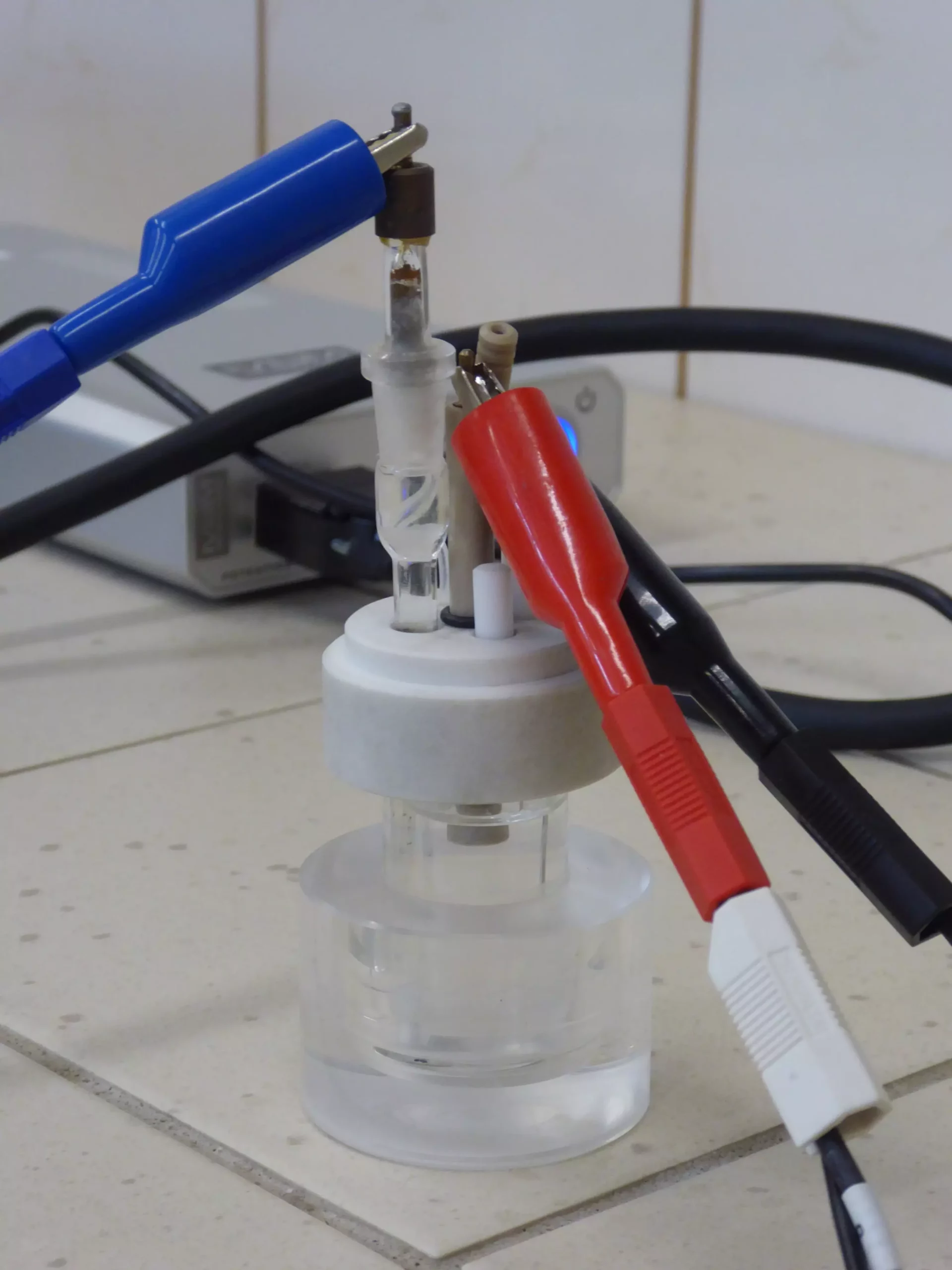The remarkable global surge in the utilization of lithium-ion batteries (LIBs) has more than doubled over the last four years. While this growth has facilitated advancements in technology and energy storage, it has also raised serious concerns regarding the environmental impact of discarded batteries, which contain a myriad of hazardous substances. As these batteries reach the end of their life cycle, the imperative for effective recycling methods to mitigate battery waste becomes increasingly pressing.
Scientists from various Polish research institutions have recognized this challenge and have embarked on pioneering work that may fundamentally redefine our approach to battery waste. Their investigation, published in the journal ChemElectroChem, has highlighted a sustainable recycling method that repurposes materials from spent lithium-ion batteries for beneficial uses—specifically in the production of hydrogen peroxide.
The innovative research focused on recovering carbon material from the electrodes of discarded lithium-ion batteries. This carbon underwent an analytical acidic leaching process, allowing for the extraction of valuable metals, including cobalt, which is frequently employed in catalysis. However, it was the potential of the resulting carbon material that drew attention, specifically its ability to catalyze electrochemical reactions.
The studies primarily investigated the use of this recovered carbon in producing hydrogen peroxide, a chemical compound vital to various industrial applications. As Dr. Eng. Magdalena Warczak, the project leader and lead author, articulated, the traditional production methods for hydrogen peroxide often rely on high energy inputs and costly catalysts, which can pose significant environmental challenges. This inquiry was aimed at discovering a more eco-friendly alternative.
Early electrochemical tests revealed that the carbon nanostructures and cobalt derived from used lithium-ion batteries exhibited catalytic behavior in the oxygen reduction reaction. However, the efficiency of these materials was notably contingent upon their composition and structure, indicating the necessity of precise experimental control over the etching process used to clean battery electrodes.
One of the groundbreaking aspects of the research was its investigation into the electron transfer involved in oxygen reduction. The electrochemical reduction can either produce water or the desired hydrogen peroxide, depending on whether the reaction involves four or two electrons, respectively. Remarkably, the experiments confirmed that all materials tested facilitated the two-electron pathway, demonstrating their viability for hydrogen peroxide production.
To ensure the accuracy of the results, the research employed innovative techniques that minimized the potential influence of traditional substrate materials. By suspending battery powders in immiscible liquid systems, the researchers were able to test the catalytic properties of the materials more effectively. This method utilized decamethylferrocene to facilitate the electron donation in the oxygen reduction reaction, yielding higher concentrations of hydrogen peroxide as compared to conventional methods.
These advancements not only confirm the utility of battery-derived materials in catalyzing the oxygen reduction reaction but also emphasize the feasibility of employing waste products from lithium-ion batteries within industrial applications.
The implications of these findings extend far beyond theoretical advancements. Hydrogen peroxide is a multi-faceted chemical used in the pharmaceutical sector, household cleaning agents, and even as an oxidizer in rocket fuel. Currently, hydrogen peroxide is available in various concentrations for different applications, from low concentrations for wound care to highly concentrated versions used in industrial processes. This research illuminates a path for integrating recycled materials into the production of hydrogen peroxide, potentially influencing a myriad of industries that depend on this essential compound.
Moreover, with the potential for utilizing recycled materials in high-efficiency electrochemical reactions, future investigations may explore applications in fuel cell technology. The possibility of enhancing both the purity and efficiency of hydrogen peroxide production using recycled battery materials presents a transformative opportunity in the landscape of sustainable chemistry.
As the research continues, the team of scientists from prominent Polish institutions—including Bydgoszcz University of Science and Technology, the Institute of Fundamental Technological Research, the Institute of Physical Chemistry in Warsaw, and Wroclaw University of Science and Technology—aims to refine the electrochemical reactions further and explore the four-electron reduction pathway. This new perspective on the recycling of lithium-ion batteries not only addresses a growing environmental concern but also positions lithium-ion battery waste as a valuable resource for industrial chemistry.
With systematic research and innovative methodologies, the movement toward a sustainable future powered by advanced recycling technologies opens new horizons in addressing energy supply and environmental conservation.


Leave a Reply